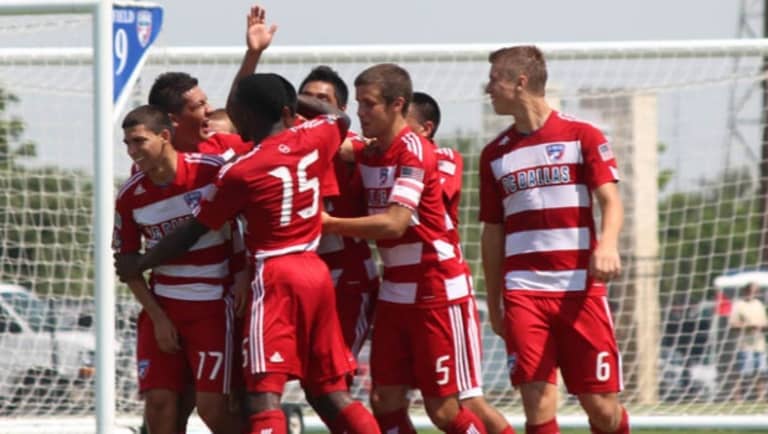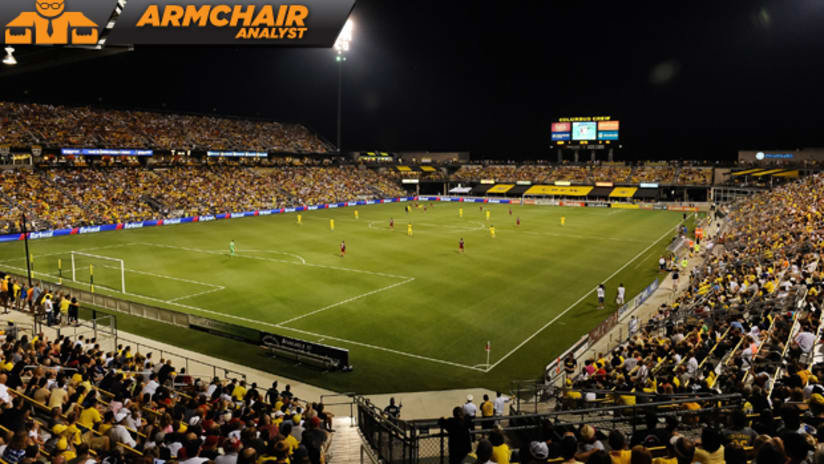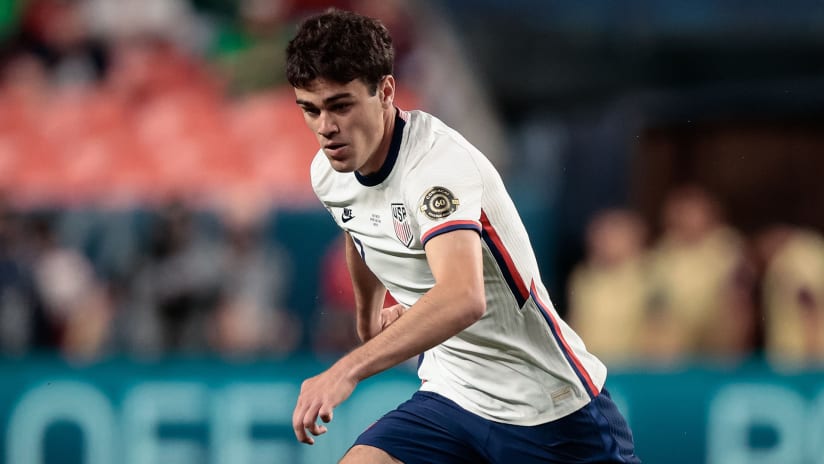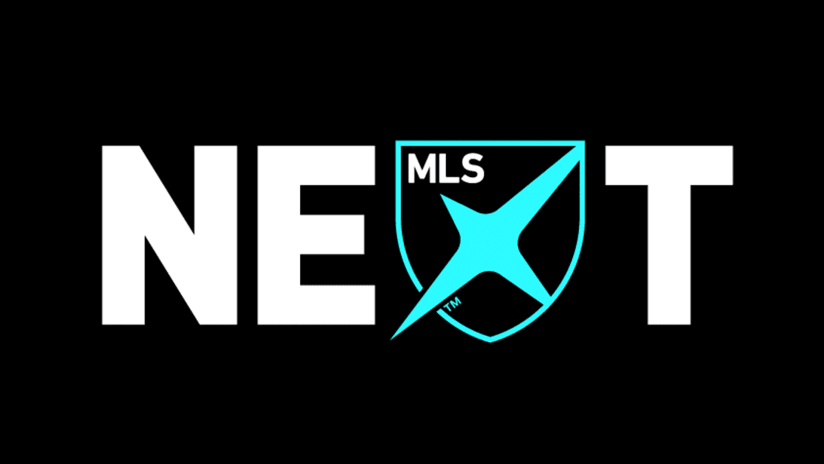“There is no chance it will survive,” Nye Lavalle said to The Sporting News about MLS in 1994. “Absolutely no chance whatsoever.”
Obviously, Lavalle – a sports exec of some note in 1980s and ‘90s – was wrong. Just as obviously, there were some times throughout that first 15 years where he could have been something close to right.
MLS had existential concerns at the start; they’re well documented. Part of it was figuring out where the game was best played (thank you, Lamar Hunt); part was figuring out who the fans really were and how to reach them (heyo, Peter Wilt!); and part was simply drilling into the collective public consciousness that, “Hey, Americans (and Canadians) are damn good at soccer, too!”
The last part has really been the hard part. We have watched soccer grow and die and grow and die and grow again. Pele came and went before ESPN ever flicked a switch. The 1984 Olympic soccer tournament set attendance records months before NASL folded. A decade later, the World Cup did it again before MLS was truly born.
Throughout it all, the notion of soccer being an American sport (apologies, Canada – I’m being provincial for a moment) hadn’t really seeped through to more than just the fringe. Kids in Kearney or Oxnard may have grown up dreaming of being pro soccer players, but those communities were just islands in the stream.
MLS is no longer in an existential mode. And neither is the game as a whole – the expansion plans of the NASL (they’ve targeted pretty much every decent-sized market from San Diego to Nassau County) speak to that.
Because it’s the Cosmos, Thursday’s NASL expansion announcement drew headlines. I say this in all sincerity and without an ounce of sarcasm: The Cosmos are good like that.
Top 3 Performers: Week 18
But it would have been a significant announcement regardless of the name of the team, or the location. Had it been Las Vegas, or Jacksonville, or Detroit, or – please, someday soon – St. Louis instead of New York, it would have been just as important, just as crucial to the expanding footprint of the domestic game.
“We welcome the Cosmos’ entrance to the NASL,” MLS Commissioner Don Garber said in a statement. “Having a vibrant second division is important to the overall growth and popularity of soccer in North America, and we are pleased to see the NASL add a new franchise.”
That right there is the long and short of it. A rising tide lifts all boats. A healthy first division begets a healthy second and third division, and vice versa.
They’ll also help with the most crucial task of the next 15 years, as important in its own way as soccer-specific stadiums were.
Namely: player identification and training.
There are simply too many markets, too many kids, too many stones in North America to kick over. Nineteen MLS teams can’t cover that. Expand that to 20, or even 24, and you still fall short.
Let’s say NYC2 – whether it’s the Cosmos or not – is MLS team No. 20. Let’s say the league doesn’t stop there, and adds Orlando, Miami, Atlanta and St. Louis as well. And all these teams build stadiums, and academies, and find great sponsors and do all the things we want to see from all our clubs.
Even in that scenario, more than 50 percent of populous (US and Canada) would be without a local MLS team. And not every kid is going to be lucky enough to have a family who drives him on a four-hour round-trip to practice thrice a week, a la Clint Dempsey, just so he can get the best training available.
This is where the NASL – and USL Pro, the third tier of the game in the US and Canada – come in. They may be years away from having MLS-style academies (just as MLS teams are years away from having Barcelona-style academies), but they’re on the path. They’re starting to do more than just survive in the markets MLS can’t reach, and eventually – or perhaps already – they’ll realize the best way to make those markets truly theirs is to teach the kids.
It goes back to the “identification” premise I addressed in this column several weeks ago. It’s simply good business to have some sort of academy structure – it makes fans feel like you’re part of the community in a way the typical NBA or NHL team simply isn’t.

More importantly, though, it means that the players you’re getting will be better trained, because they will have been trained by professionals. It means the thought of the local kid growing up to play professional soccer isn’t absurd, no matter where he’s from. It means every data point that fed Lavalle’s reasoning is now dead.
And it means that the next generation of Dempseys, or Donovans, or De Rosarios will have come from professional academies. That’s not meant as a knock on the amateur clubs out there – many of them do a fine job of developing the talent they have.
The smart money, though, is on professional academies – a network of them from coast to coast – doing better. That’s the way it’s done all over the world; precedent, after all, is relevant.
And here’s the other part of the precedent: A number of these kids will someday turn into adults who are very good at soccer, and they will move from the third tier to the second tier to the first.
In the international soccer community, talent flows uphill. Then teams on the bottom reinvest to create more of that talent. Success perpetuates success.
You can do the math from there, and you should – it’ll be the relevant storyline of the next 15 years.
Matthew Doyle write the Armchair Analyst column for MLSsoccer.com.













